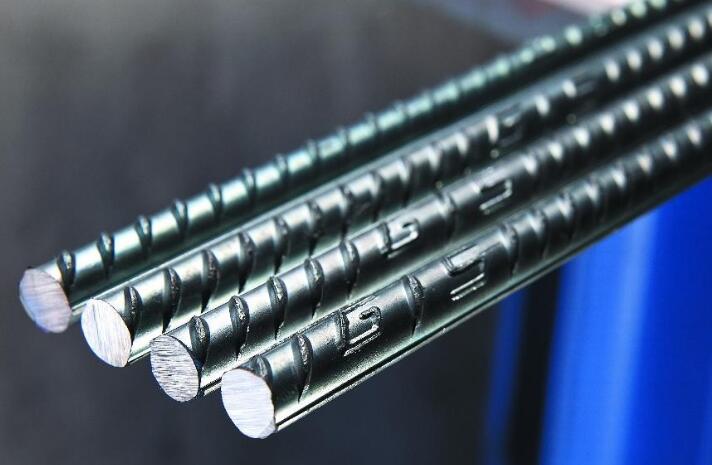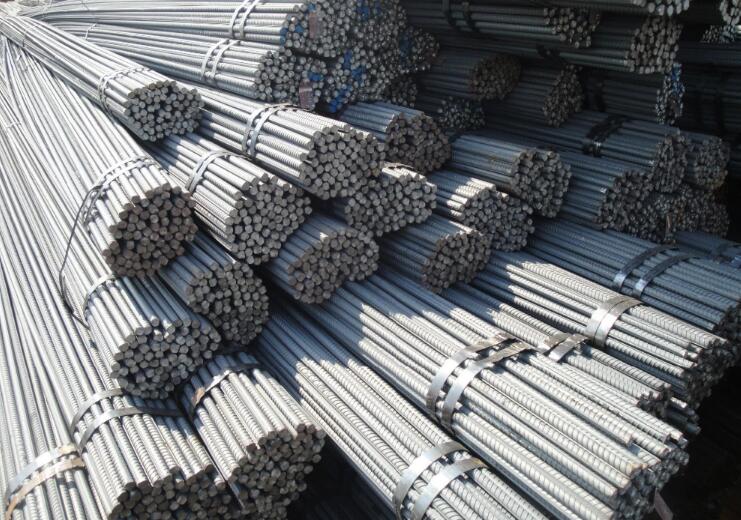Tensile test is made of Seamless Steel Pipe into a sample, in the tensile tester to pull the sample to fracture, and then determine one or several mechanical properties, usually only measured tensile strength, yield strength, elongation after fracture and rate of reduction in area. Tensile test is the most basic test method for mechanical properties of metal materials. Almost all metal materials, as long as the mechanical properties are required, have specified tensile tests. Especially for those materials whose shape is not convenient for hardness testing, the tensile test becomes the only means of testing the mechanical properties.
The hardness test is to determine the hardness of a material by slowly pressing a hard indenter with a durometer under specified conditions onto the surface of the specimen and then measuring the indentation depth or dimension. Hardness testing is the simplest, fastest, and easiest to implement method for testing the mechanical properties of materials. The hardness test is non-destructive and there is an approximate conversion between the material hardness value and the tensile strength value. The hardness value of the material can be converted into the tensile strength value, which has great practical significance.
Since the tensile test is inconvenient for testing and is easily converted from hardness to strength, more and more people only test the hardness of the material and test its strength less. In particular, due to the continuous advancement and innovation of the hardness tester manufacturing technology, some materials that could not be directly tested for hardness, such as seamless steel pipes, stainless steel plates, and stainless steel bands, are now possible to directly test the hardness. Therefore, there is a tendency for hardness tests to gradually replace tensile tests.
Most of the national standards for stainless steel materials specify both tensile tests and hardness tests. For materials that are not convenient for hardness testing, such as seamless steel tubes, only tensile tests are specified. In the stainless steel standard, three hardness test methods are generally specified, namely, HB, HRB (or HRC) and HV hardness values. The three hardness values ​​can be determined only by measuring one. In particular, the latest portable surface Rockwell hardness tester and Rockwell hardness tester can perform fast and accurate hardness test on stainless steel plates as thin as 0.05mm, stainless steel strips, and seamless steel pipes as fine as 4.8mm. Problems that are difficult to solve at home have been solved.
The knowledge source of this pipe
Reinforcing bar,or Deformed Steel Rebar, is a common steel bar that is hot rolled and is used widely in the construction industry, especially for concrete reinforcement. Steel rebar is most commonly used as a tension devise to reinforce concrete and other masonry structures to help hold the concrete in a compressed state. Concrete is a material that is very strong in compression, but virtually without strength in tension.
To compensate for this imbalance in a concrete slab's behavior, reinforcement bar is cast into it to carry the tensile loads. Common steel or concrete reinforcement bar is supplied with heavy ridges to assist in binding the reinforcement to the concrete mechanically - this is commonly referred to as deformed rebar. Deformed Steel Rebar is used to be called Screw thread steel.
Steel Rebar is a steel bar or mesh of steel wires used as a tension device in reinforced concrete and reinforced masonry structures to strengthen and hold the concrete in compression. Concrete is strong under compression, but has weak tensile strength. Rebar significantly increases the tensile strength of the structure. Rebar's surface is often patterned to form a better bond with the concrete.
|
Product Name
|
mild steel bar price /steel rebar /iron rods for construction/concrete
|
|
Standard
|
BS4449-2005,GB1449.2-2007,JIS G3112-2004, ASTM A615-A615M-04a,
Korea StandarsKS D 3504, AustralasianStandard AS/NZS 4671 |
|
Grade
|
BS4449, Gr460B,Gr500B, GB1449.2, HRB335, HRB400, HRB500, HRB400E,HRB500E, ASTM A615, GR40/GR60/GR75, JIS G3112,SD390,SD360 Korea StandarsKS D 3504 SD400 SD500 SD600, AustralasianStandard GR500N
|
|
Size
|
6mm,8mm,10mm, 12mm, 13mm, 14mm, 16mm, 20mm, 22mm, 25mm, 30mm, 32mm, 40mm,50mm, etc..
|
|
Application
|
civil engineering construction,such as housing, bridges,road, etc
|
|
Delivery
|
Normally 3-10 days after receive deposits or L/C at sight.
|
|
Package
|
Packed in bundle, standard seaworthy package or customers` requirements.
|



Application:
Construction project ,bridge and building etc.
If you have any questions, please contact with us directly.
Our company is solemnly committed to the majority of customers: reasonable price, short production cycle, considerate service. We look forward to cooperating with you.
Deformed Steel Rebar
Deformed Steel Rebar,Deformed Steel Bar,Deformed Steel Bar For Construction,Deformed Steel Bars
Shandong Vantage International Trade Co., Ltd. , https://www.sdvantage.com